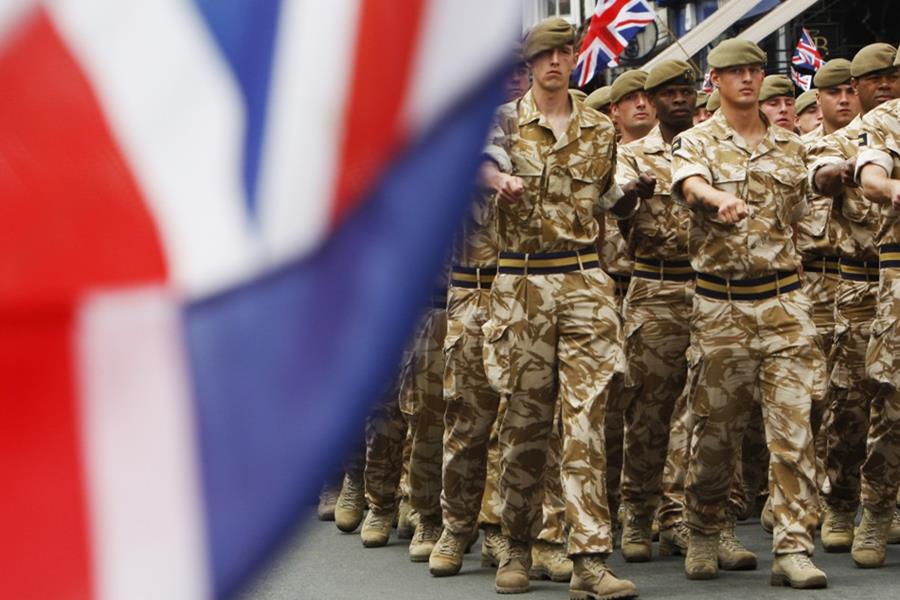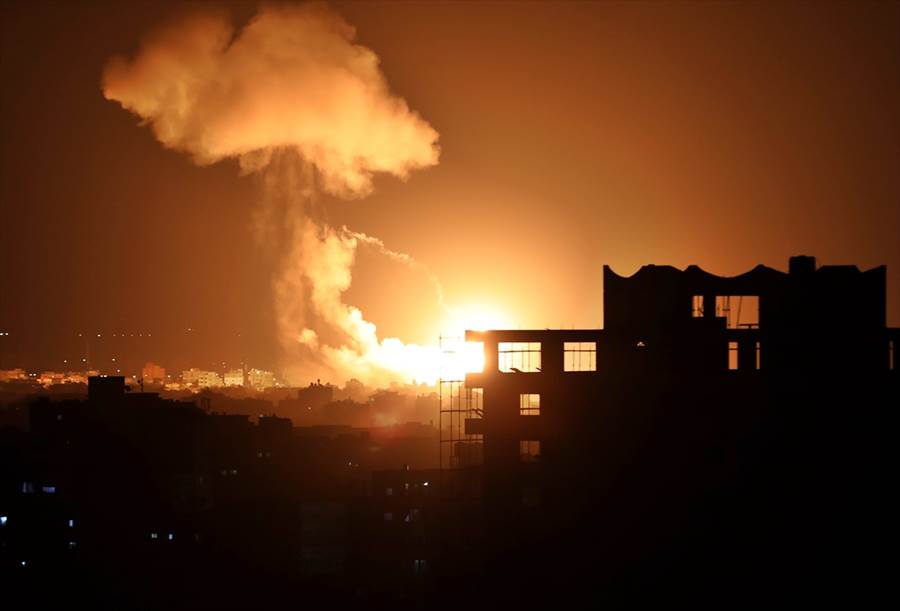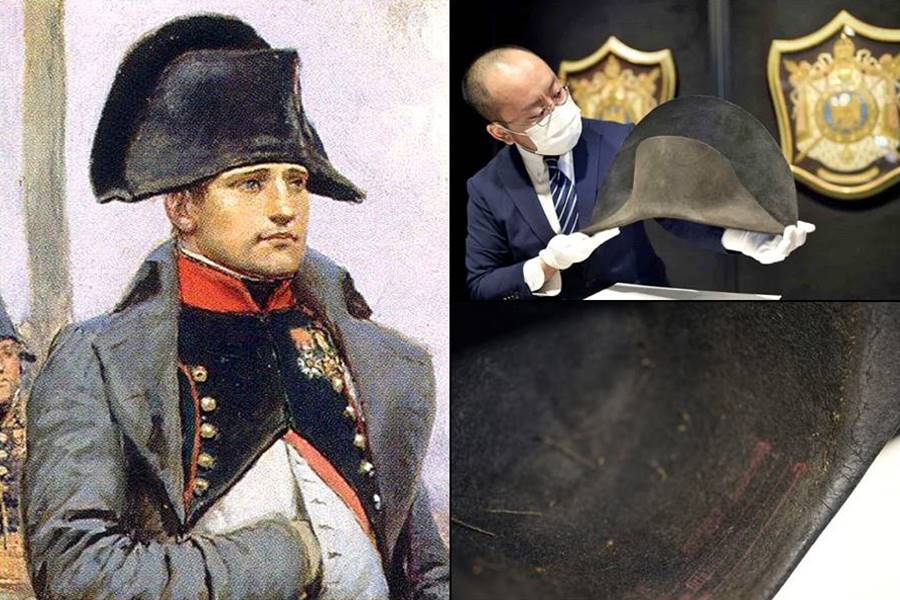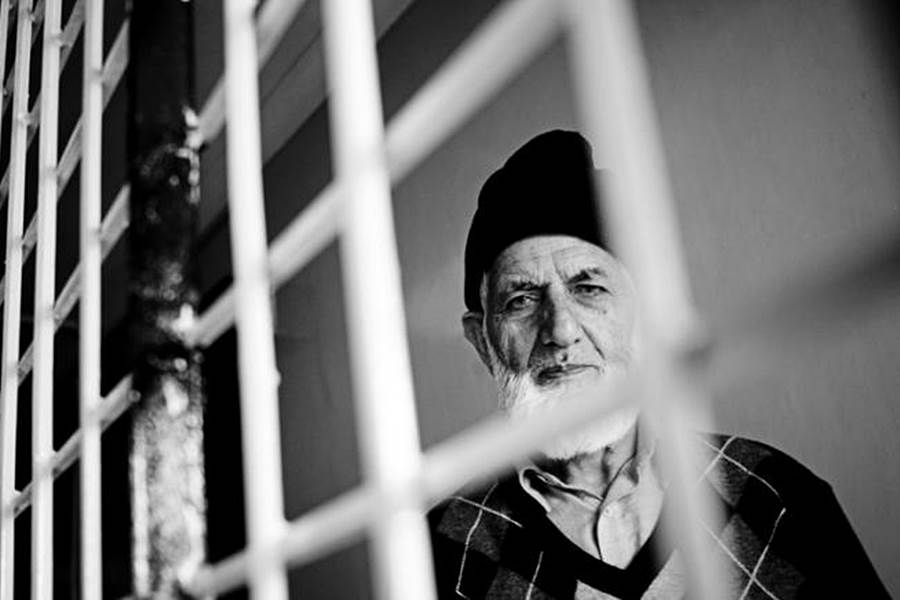Wed 24 March 2021:
The size of the British army will be reduced to 72,500 personnel, and the RAF will have its air cargo and personnel carriers drastically cut as part of the biggest overhaul of the armed forces in decades.
Under plans revealed by the Defence Secretary Ben Wallace, the army will shrink to its smallest size since the 1700s but will be reorganised to face modern threats and equipped with new technology.
The Defense Ministry on Monday set out its new defense strategy outlining the 2030 vision for the armed forces. The strategy, “Defence in a Competitive Age,” will ensure the preparedness of the military against emerging global threats and will become a threat-focused integrated force with changes across its land, sea, air, space, and cyberspace commands.
Addressing MPs in the Commons, Wallace said the army’s “increased deployability and technological advantage” means that “greater effect can be delivered by fewer people”.
“I’ve therefore taken the decision to reduce the size of the Army from today’s current strength of 76,500 trade trained personnel to 72,500 by 2025,” he said.
“The army has not been at its established strength of 82,000 since the middle of last decade.
“These changes will not require redundancies and we wish to build on the work already done on utilising our reserves to make sure the whole force is better integrated and more productive.”
“This Defence Command Paper ensures our armed forces are threat-focused, modernised and financially sustainable. Our military will be ready to confront future challenges, seize new opportunities for Global Britain and lay the foundations of a more secure and prosperous Union,” Defense Secretary Ben Wallace said in a statement.
“Our people and their expertise are at the heart of what we do and further investments into training, welfare and support facilities will be reflective of this and ensure our armed forces are well equipped to face tomorrow’s threats today,” Wallace added.
According to the new strategy, the Defense Ministry will receive a £3-billion ($4.13-billion) investment to upgrade the land forces to become more “agile, integrated, lethal, and expeditionary.” As part of the investment, the forces will receive new vehicles, long-range rocket systems, unmanned aerial vehicles (UAVs), electronic warfare, and cyber capabilities.
Most importantly, however, is the shift of the armed forces from relying on regular forces to using newer and more powerful unmanned technologies to project more robust offensive capabilities. A £6.6-billion investment will be made in research and development projects leading to the development of cutting-edge technologies, allowing the UK a strategic advantage over its adversaries on the global stage.

Labour has accused the government of presiding over “a gulf between ambitions and actions”.
Labour MP, John Healey, questioned whether the planned cuts would allow the government to meet its stated goal to deploy the British military more widely “in all corners of the globe”.
“Further army cuts could seriously limit our forces’ capacity simultaneously to deploy overseas, support allies and maintain strong national defences and resilience,” Healey said. “There’s a gulf between the government’s ambitions and its actions, which is set to grow with this new review.”
Robert Clark, defence research fellow at the Henry Jackson Society said: “The reduction of British army personnel to 72,500 by 2025, coupled with the cuts to the unglamorous but essential workhorses of the army in medium-lift air and logistical capabilities, lead to serious questions of how the army will be able to sustain the commitments envisioned in the Integrated Review.”
FOLLOW INDEPENDENT PRESS:
TWITTER (CLICK HERE)
https://twitter.com/IpIndependent
FACEBOOK (CLICK HERE)
https://web.facebook.com/ipindependent
Think your friends would be interested? Share this story!




















